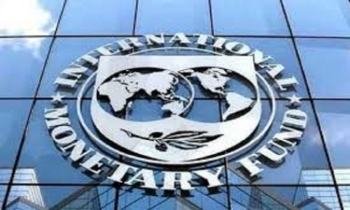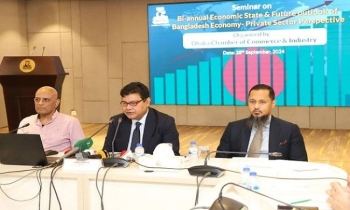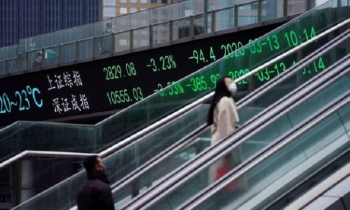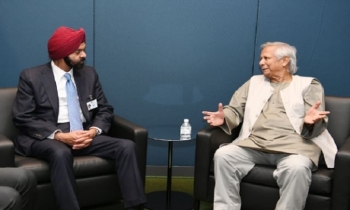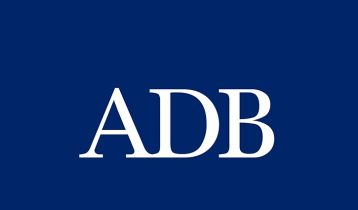Declining value addition a concern despite record RMG export
BI Special || BusinessInsider
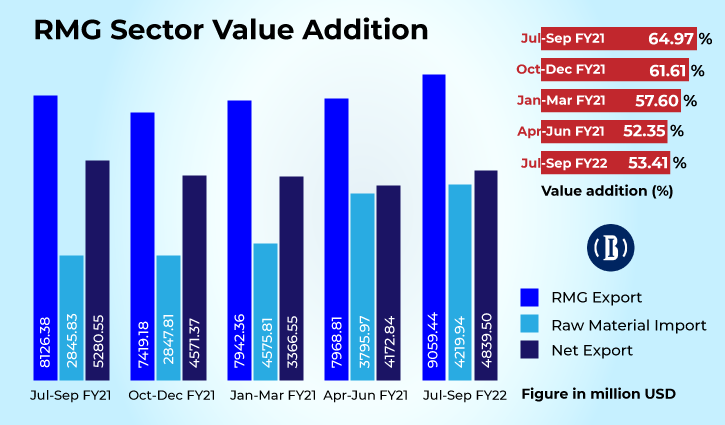
Photo illustration: Business Insider Bangladesh
Bangladesh can cheer up for the record export receipts in the just concluded 2021. But there is anxiety too as the value addition in the country’s readymade garment industry is on a decline for the last five consecutive quarters.
According to a central bank review report on Bangladesh’s RMG sector, gross value addition in the sector stood at 53.41 percent in July-September quarter of fiscal 2021-22 (FY22), down from nearly 65 percent for the same quarter a year ago.
In economic theory, value added refers to the worth added to a product during the production process - i.e., the difference between what the producing company paid for its inputs and the price it charges for the finished goods, according to the Financial Times Lexicon.
Bangladesh Bank data shows, during July-September of FY22, the import value of raw materials including cotton, synthetic/viscose fibre, synthetic/mixed yarn, cotton yarn, and textile fabrics and accessories, was nearly $4.22 billion, which was 46.58 percent of total garment export earnings in the quarter.
According to that quarterly report, in Jul-Sep of fiscal 2020-21 Bangladesh’s RMG exports were $8.12 billion, for which imported inputs cost $2.84 billion. So, the value addition was $5.28 billion or 64.97 percent.
In Oct-Dec of fiscal 2020-21, value addition was 61.61 percent, in Jan-Mar 57.60 percent and in Apr-Jun 52.35 percent.
According to BB data of the last three years, value addition in RMG hovered between 60 percent and 65 percent. The ratio has been declining since the pandemic hit the world and pushed the prices of raw materials, be it energy, yarn, cotton, freight cost and what not.
Industry insiders and economists blamed abnormal price hike of yarn, fabrics and other raw materials that have brought down the value addition of Bangladesh’s RMG sector.
Dr Khondokar Golam Moazzem, research director of Centre for Policy dialogue, said export orders in RMG factories increased in the last one year. At the same time, cotton and yarn prices in the international markets also increased 30 to 40 percent.
“Our local spinners and weavers don’t have enough supply of yarn and fabrics to meet the demand. Millers have also increased the price of yarn more than the international market,” he said.
Central bank data shows, in July-October 2021 import of raw cotton increased by 59.96 percent, yarn 149.41 percent and fabrics 50.25 percent compared to the same period of the previous year.

